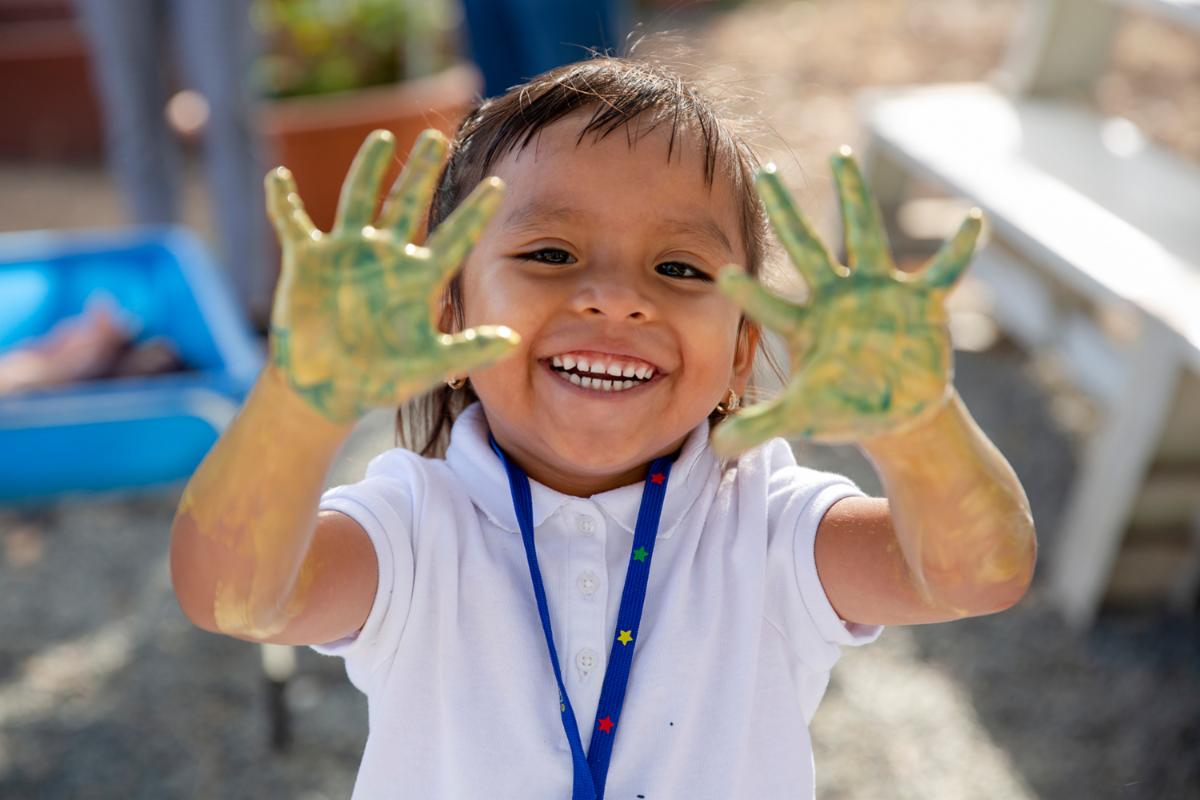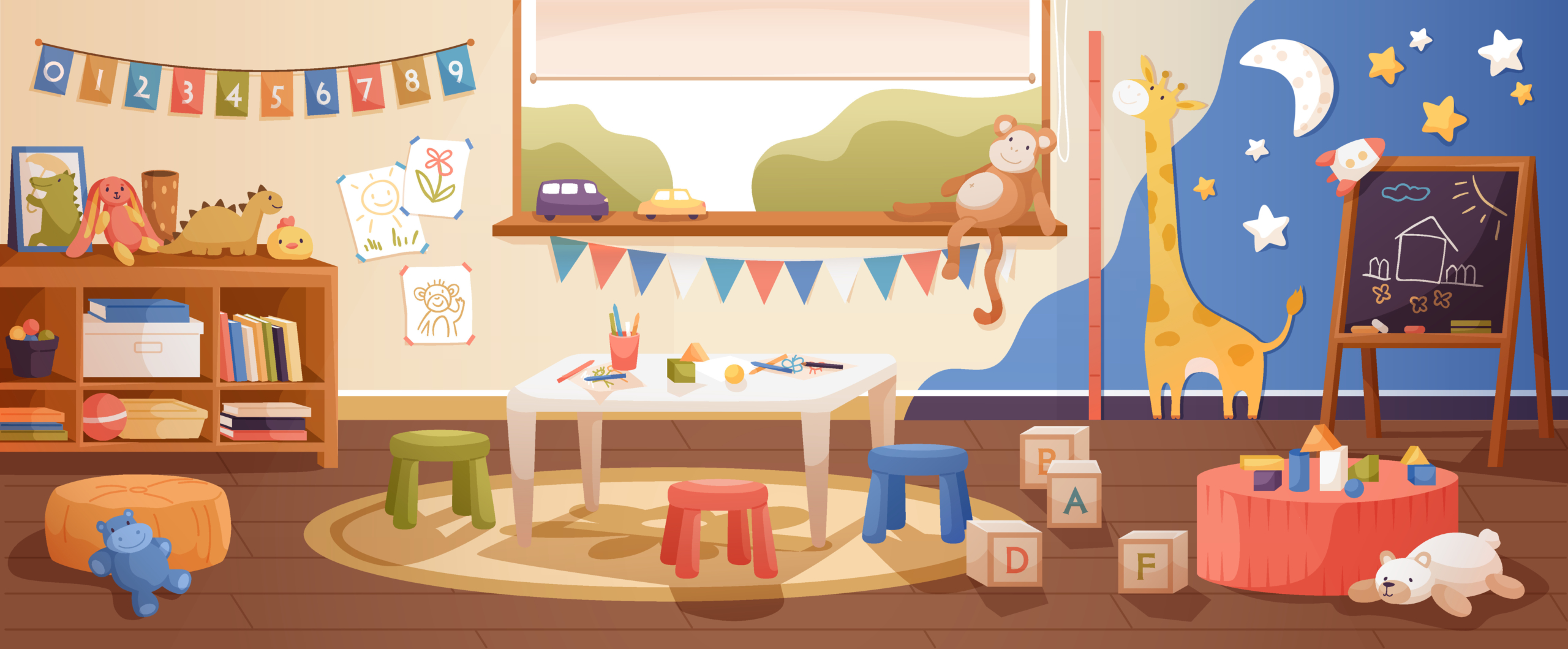Fall 2020 Newsletter
Sam Martin2023-04-06T18:04:32-07:00As we navigate these uncertain times, SEAL remains steadfast in our commitment to serving our English Learner/Dual Language Learner students along with their teachers, families, and school communities. SEAL is working to adapt our programs, resources, and services to online formats and distance learning contexts to support our partners and school communities across the state. […]



